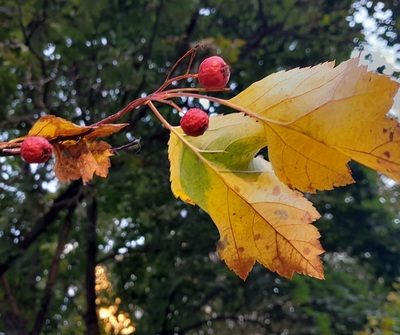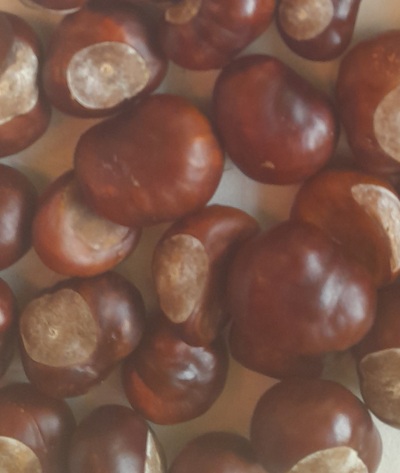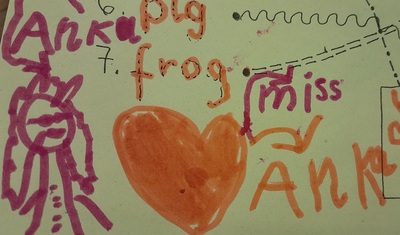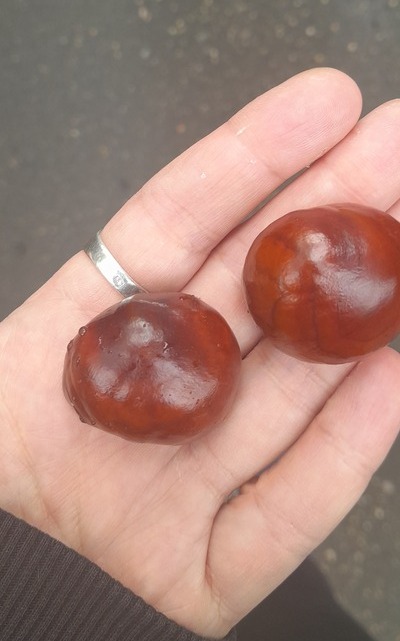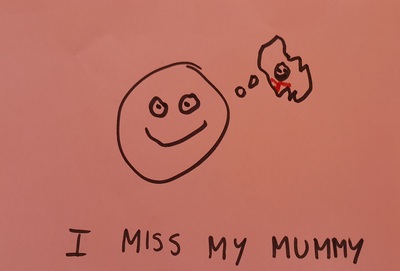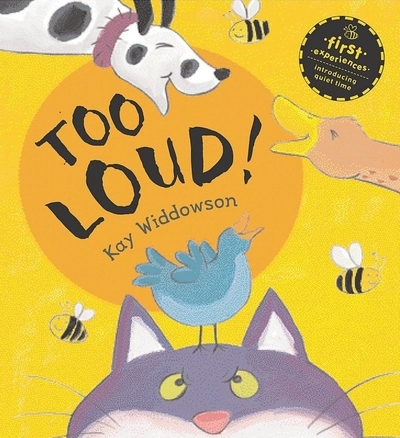
Welcome to the second leg of the academic year! We can already start dreaming of spring and of the end of the year and, more importantly, January is over and we have returned, more or less successfully.
Please, don’t forget to check our September adventures in the following posts here, here, here and here and our progress in October, here.
Starting the lesson and How do you feel today?
As regards the start of the lesson, very little has changed since December. We still say hello, talk about how we are, about all the toys we have brought and how they feel. Then we sing a song and look at the plan for the lesson.
Songs
The hello song is gone, gone, gone. We have replaced it with a months song and last month it was January, January, to give us additional practice with the names of the months (especially that sometimes we have sung it together with our ‘old’ months song. We sang it every day, at the start of the first lesson and only sometimes did we replace it with our ‘old’ hello song but that is only because my kids loved (as in: LOVED) singing it in the ‘Mary, Mary, quite contrary’ style singing ‘bye bye’ instead of every single ‘hello’.
Danny Go is still one of our heroes, mine, too and that is because apart from providing exciting brain breaks, Danny also sings about farms, pyramids, jungles and what not and that means we can always find a relevant Danny, to match our topic in Maths or English. All you need is Danny!
In January we did a lot as regards animals, adjectives, comparatives and superlatives and because of that our playlist included also the following: the Opposites Song which can be turned into a game, with the kids singing the other adjective in a pair of antonyms (especially that there is a little pause in the song, even if you decide not to pause the recording yourself which I only did the first two times), As quiet as a mouse which we have already started to personalise with out own verses and What do you like to do?. This last one, my personal favourite, was only introduced, to give the kids an idea of the concept and the structure of the song. We are going to work on it more in the weeks to come. There is a lot of potential there, for games, for personalisation and for fun.
Rules and classroom language
No major changes here. We still have the same rules, although they needed reinforcement and revision, we still get grades for behaviour and for work in every lesson and we still struggle with not wandering around the room for no reason. However, right now, more frequently than before, kids are getting involved in policing each other and reminding each other that ‘I don’t walk around’. I do that, too, although I am using a simple question: ‘Sasha, are you walking around?’ It works, every other time, basically.
Story
January was not a very long month but we managed to squeeze in a lovely book ‘Who’s for dinner?’ by Claire Freedman and Nick East about very clever farm animals and a (not very clever) fox, with a funny storyline and some bits of the text that my kids could actually read themselves. We also did Eric Carle’s ‘From Head To Toe’ which we read through and through, in a shared reading session and a story that we have in our book about a rattlesnake, a mouse and a clever coyote.
We have been also working on the Past Simple Tense (or the tiny elements of it) and this is how Mr Milk came back to be a part of the everyday life for me and how I introduced him to yet another bunch of kids. Now, at least once a week, sometimes more frequently, we tell stories of everything that Mr Milk does in his life. Or what his friends do, among them Miss Juice and Mr Banana.
Socialising
In terms of socialasing, we have done the following:
- I am trying to use a range of the interaction patters in class: kids nominate each other, I nominate, too, for the balance, we have done some pairwork, some S vs the class activities (interviews, miming and guessing, shared reading), a lot of whole class (one of my groups especially needs to work on ‘when people speak, I listen’) and some 1-1, too.
- keep a variety of alternative seating arrangements does wanders to the atmosphere and to the focus. In January we did the following: sitting on the carpet, sitting around the TV on the chairs, regrouping, standing or singing for the songs, sitting or standing in front of the group, leading the game. By the way, I started writing this January post with reading the previous month’s entry only to find out that I was very clever to take notes. Not only because of the blog but because of the everyday classroom life and my poor memory. It turns out that I have already forgotten about ‘sitting in two rows’ for pairwork and how much fun we had with it! I did not use it once in January and I so should have!
- kids still take turns to help in the classroom although they have the official roles assigned by their Russian programme teacher and because of that, they did fight back a little bit. ‘Miss Anka, but why is Sasha handing out the markers? I am on duty today! I should be doing that!’ I decided not to take that into consideration at all. Mostly because I want to keep my classes independent and because that gives me more flexibility as I do not need to think of the rules introduced by another teacher in my lessons when it is not that relevant. Our class, our rules, routines and traditions.
- our Christmas garlands and fairy lights are down and the classroom became bare and sad. We will be thinking of new ideas for February. Some kind of a hearts + boys’ things (the holiday coming up) + term break fun garland. I am thinking.
- Maths for Life lessons with us cooperating and interacting with each other’s work.
Creativity
Our creative projects in January involved:
- Personalising the songs. We started very slowly with simple ‘Hello song’ that my kids love to sing as a ‘Bye-bye song’ and we have already started coming up with new verses to add to ‘As quiet as a mouse’. There is more to come!
- Mr Milk and his adventures which we make with a set of past tense verb cards, as a whole group. In the end of the story we decide if it was a good or a bad day for Mr Milk
- We had another lesson with our invisible student, Petya with us helping him with his English homework. It is our tradition now to follow-up the error correction with a series of mini-role-plays when Petya’s mum (me!) calls the teacher (the kids) to find out how her son is doing. He is not doing great but thanks to him we are practising very simple phone conversations. And it is a lot of fun.
- We started our Maths for Life series in which we are going to design our shops (posters), then go shopping and do some addition and subtraction to find out how much we have spent and how much change we’ve got back. We had only one round but there is a lot of potential so we are definitely going to repeat it.
Teacher
The biggest challenge for the month of January was the long break we were on, almost two weeks with the bell, the rules and the everyday routine. I was worried what kind of kids will be coming back to school and what to do in order to make sure that we can actually study and focus.
I saw the rules reminder poster on the social media and I decided to adapt it to our context. There are ten rules aka ten challenges and the areas to focus on. As soon as I decide that one of them is already back in life, we mark the challenge as complete. As soon as all ten are done, we are going to be celebrating. I am going to write about it in a separate post.
One of my favourite activies in January involved my Magic Bag full of the most random objects that I brought from home such as: a selection of fruit and veg, a bag of raw pasta, a bag of flour, a tube of toothpaste, a small jar, a stone, a shell, a squishy, you name it. We used it in many lessons: in Maths, to estimate quantity and to check the actual numbers and in English – to describe different objects and their qualities and to practise comparatives. It was a success not only because of its novelty value but because we could touch, shake and sometimes smell the objects and to describe them.
We also wrote our second Milestone tests, with a proper revision / mock test lesson and I am very happy with the results. The kids worked well, they took it seriously and with two exceptions, they did a great job. They were really sitting with their papers and going through the tasks.
I also tested all my kids according to the Cambridge speaking YLE exams in order to have a better idea of the group profile and in order to better track everyone’s progress as these are going to be repeated in March and in May. It was an interesting experience and, again, something that I should / will write about in more detail, one day.
Happy teaching!




